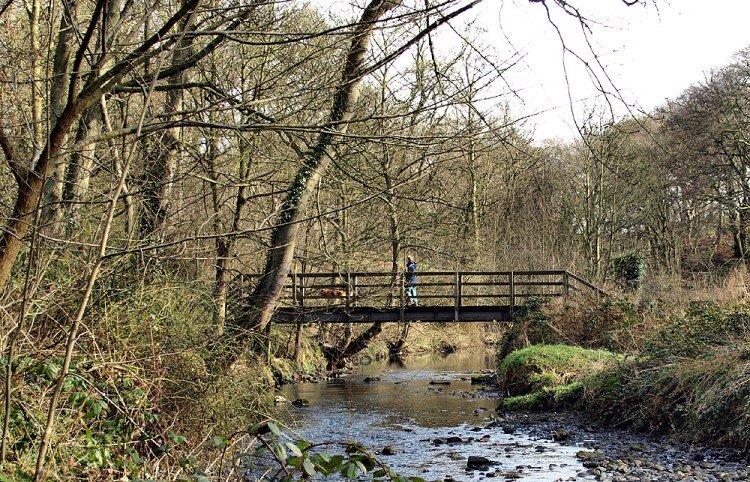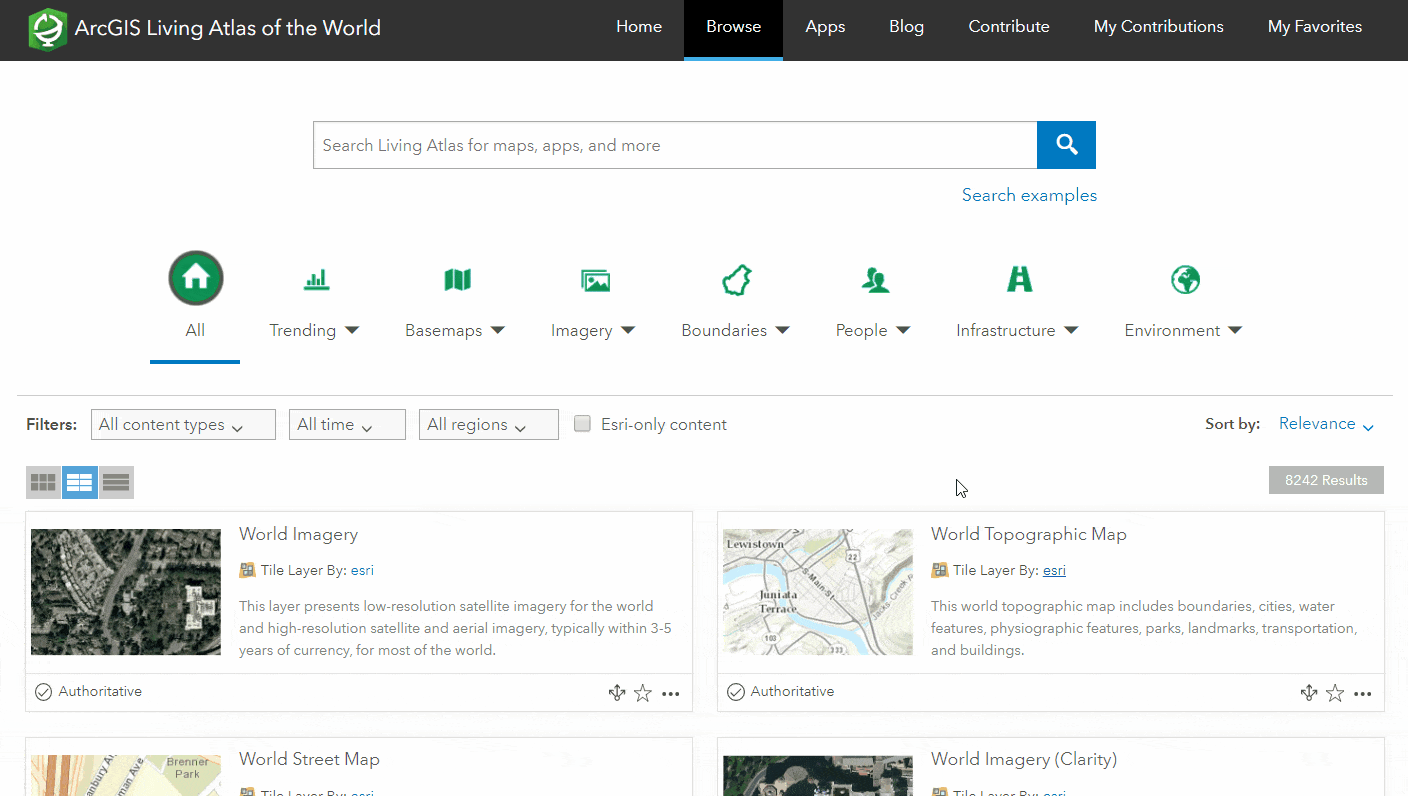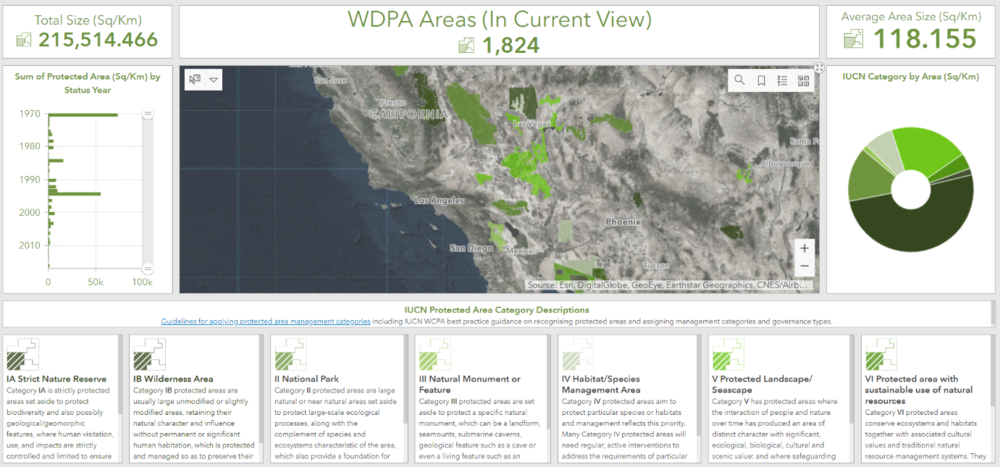From extensive national parks to local nature reserves, areas of protected land are close to many of our hearts. In my own hometown of Whitley Bay is a beautiful but tiny nature reserve called Holywell Dene. A dene, if you’re a Geordie, is a small, usually wooded valley with a stream running through. Despite its small size, Holywell Dene is one of the few areas of ancient woodland left in the North East, and is home to an abundance of trees, wildflowers, and wildlife. The Dene has been a recreational area of nature since the Victorian Era and was formally designated as protected land in 2003. It will now be protected for generations to enjoy.

A Victorian postcard of Holywell Dene.

Holywell Dene today.
Our planet needs protected areas like Holywell Dene. Thankfully, recent trends suggest we’re starting to recognize this. Almost 15% of the Earth’s land surface and 7% of our oceans are covered by protected areas, according to the latest Protected Planet Live report .
Knowing the location of these protected areas is crucial. Scientists, businesses, governments, as well as other decision-makers and stakeholders, need access to this information for development, planning and policy decisions. With this in mind, the UN Environment Programme World Conservation Monitoring Centre (UNEP-WCMC) has recently made the World Database of Protected Areas (WDPA) available in ArcGIS Living Atlas of the World. All ArcGIS users will now have access to this dataset in a GIS-ready format, which updates every month using our Live Feeds methodology.

WDPA in the Living Atlas.
History of the WDPA
The WDPA is the most comprehensive global database of marine and terrestrial protected areas worldwide, with information on over 240,000 protected areas. It’s used to report to the Convention on Biological Diversity on progress towards Aichi Biodiversity Target 11, as well as reporting to the UN on progress towards the 2030 Sustainable Development Goals.
The database was formally established in 1981. However, the mandate for the WDPA dates back to 1959 when the UN Economic and Social Council called for a list of reserves in recognition that they are ”valuable for economic and scientific reasons and also as areas for the future preservation of fauna and flora and geologic structures in their natural state.” The first UN List of Protected Areas, as it became known, was subsequently published in 1962.
How is the WDPA used?
The WDPA is not only used as a standalone database. Combining it with other key datasets is where its application becomes much more powerful. In the Integrated Biodiversity Assessment Tool (IBAT), it allows users to identify biodiversity risks and opportunity within a given area. In other online platforms such as Global Forest watch and the Digital Observatory for Protected Areas, it helps improve the current understanding and management of the areas inside and outside of protected areas. In national level planning, it informs future priority areas for protection.
“The Nature Conservancy (TNC) has long relied on the WDPA as both a reference and decision support dataset for prioritizing sites within and outside the network of protected areas. Having an up-to-date, accurate account of where protection designations exist in land and ocean environments allows TNC to examine species and ecosystem composition and condition of these areas, and ultimately how we grow the network.” — Zach Ferdana, The Nature Conservancy, Geospatial Information Officer (GIO)
With the introduction of these datasets to Living Atlas, we hope that the WDPA will continue to help inform decisions for an expanding number of users and needs in this crucial time for people and nature.
1. WDPA - World Protected Areas
This is the full dataset. See every piece of protected land on the planet. Represented as a series of point and polygon features, the dataset is fully query-able and ready for analysis.
2. WDPA - Government Protected Areas
This view of the data shows protected areas which are under the control of government bodies. Use it to explore the areas of our planet which are protected by local, regional and national governments.
3. WDPA - Community Protected Areas
Next, this view contains areas where the protection is community-led. See the impact of community protected land in some of earth’s most vulnerable areas such as the Amazon rainforest.
4. WDPA - Marine and Coastal Protected Areas
Finally, this view contains the marine and coastal protected areas. Essential for organisations which focus on coastal and offshore landscapes, this view allows you to home in on these areas for your analysis.
Explore your local protected areas

We used Operations Dashboard to create an application that allows you to search and view the protected sites in your local area. Type your town into the search bar or pan around the map and browse the protected areas nearby. See what year they were given protected status, their size and what ICUN protected category they are. Like me, you might bring back some great memories of time spent in our planet’s protected areas.
Do you have a favourite Earth place? Share it with us here.